Petiquette – The dos and don'ts for interacting with other people's pets
In a world where pets are cherished members of the family, it's essential to understand the unspoken rules of pet etiquette when interacting with someone else's furry friend. Whether it's a playful pup or a graceful feline, respecting boundaries and showing consideration are key to ensuring positive interactions for both you and the pet owner. Which is why, this week we’re taking a look at how to navigate pet etiquette and avoid common faux pas when engaging with other people's pets.
1. Always ask for permission
The cardinal rule of pet etiquette is to always ask for permission before interacting with someone else's pet. Just because a dog looks friendly or a cat seems approachable doesn't mean you have free rein to pet them. Always approach the owner first and inquire if it's okay to interact with their pet. Respect their decision if they decline; there could be various reasons why they prefer not to have their pet approached by strangers.
2. Respect personal space
Pets, like humans, have boundaries, and it's crucial to respect their personal space. Avoid approaching a pet too quickly or invading their space without invitation. Let the pet come to you if they're interested in interacting and let them sniff you first. Additionally, refrain from reaching out to pet them over fences or barriers without permission, as this can be startling and invasive.
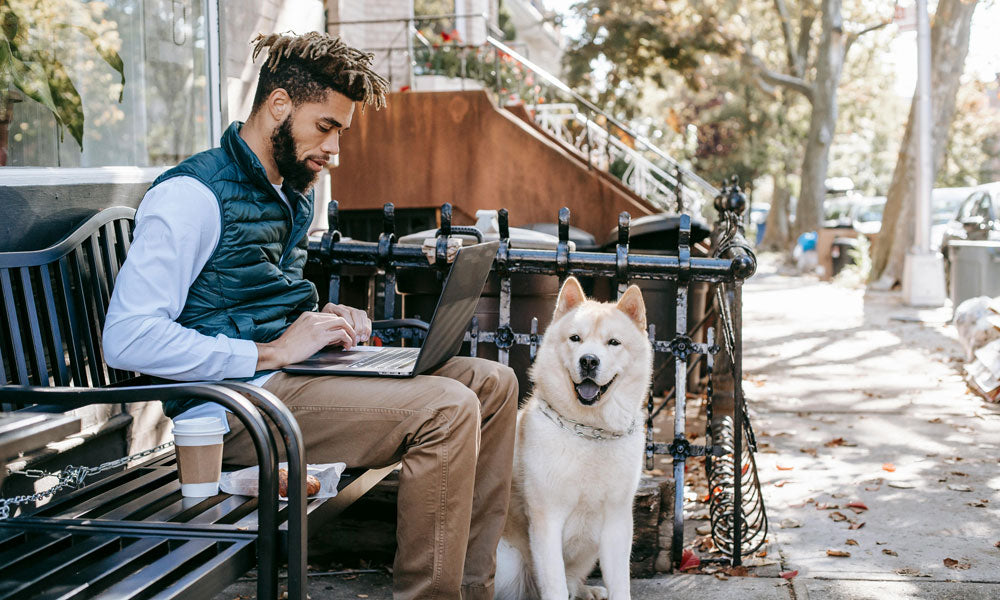 Husky photo by Zen Chung on Pexels
Husky photo by Zen Chung on Pexels
3. Mind your body language
Your body language plays a significant role in how a pet perceives you. Avoid making sudden movements or loud noises that could startle or intimidate them. Instead, adopt a calm and relaxed posture to signal to the pet that you're friendly and approachable. Avoid making direct eye contact, especially with cats, as this can be seen as confrontational in their language.
4. Observe cues and signals
Pay attention to a pet's body language to gauge their comfort level. Signs of distress or discomfort, such as flattened ears, raised hackles, or attempts to retreat, indicate that the pet may not be receptive to interaction. Respect their signals and give them space. On the other hand, if the pet approaches you with a wagging tail or purring, it's usually a sign that they're open to interaction.
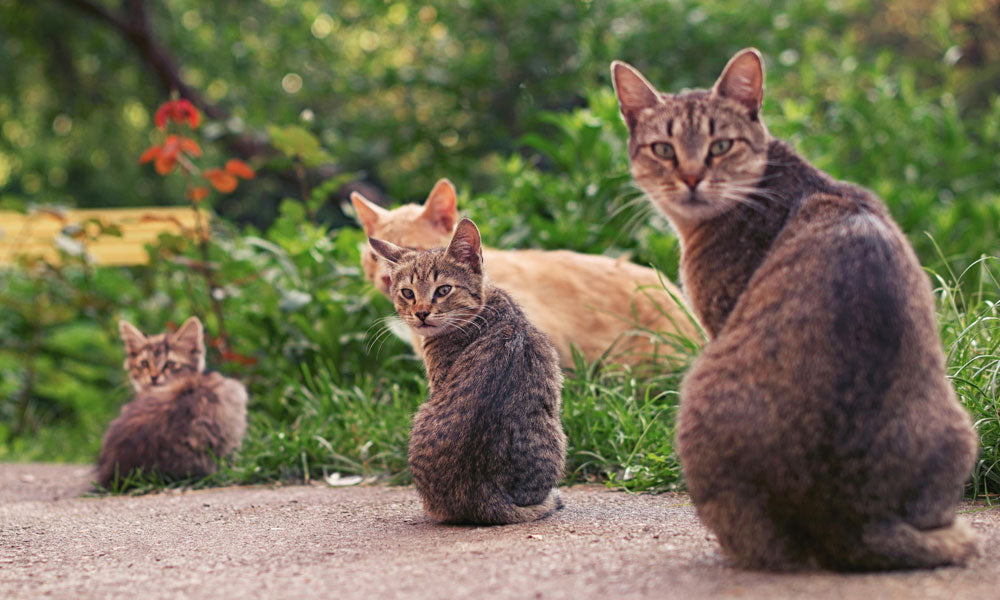 Photobombing ginger photo by Kostiantyn Klymovets on Pexels
Photobombing ginger photo by Kostiantyn Klymovets on Pexels
5. Don't feed without permission
While it may be tempting to offer treats to a cute dog or cat, refrain from doing so without the owner's consent. Some pets may have dietary restrictions or allergies, and unexpected treats could cause digestive upset or other health issues. Always ask the owner if it's okay to give their pet a treat and follow their instructions regarding feeding.
6. Practice good hygiene
If you're interacting with pets, especially if you're petting them, it's essential to practice good hygiene. Wash your hands before and after interacting with pets to prevent the spread of germs and potential allergens. This is especially important if you have allergies or if the pet has been in contact with other animals.
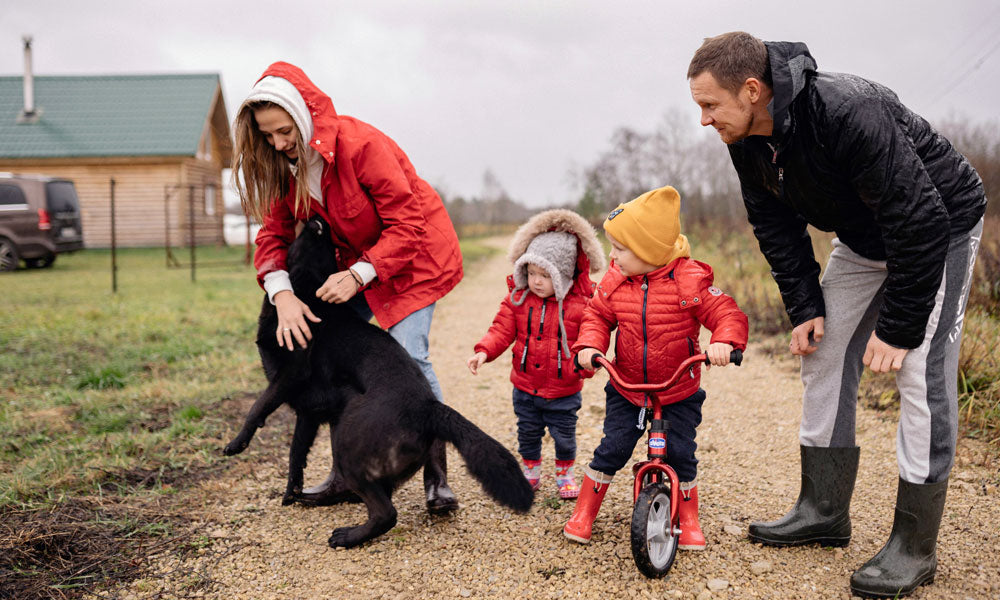 Family with dog photo by Yan Krukau on Pexels
Family with dog photo by Yan Krukau on Pexels
7. Be mindful of children
If you're accompanied by children, teach them proper pet etiquette and supervise their interactions with other people's pets closely. Remind them to be gentle and respectful, and discourage any rough play or chasing. Pets may not react well to sudden movements or loud noises, so it's crucial to ensure that interactions are calm and controlled.
8. Avoid making judgements or critical remarks
It's essential to refrain from making critical or disparaging remarks about someone else's pet. Every pet is unique, and what might seem like a flaw to one person could be endearing to another. Criticising a pet's behaviour, appearance, or temperament can be hurtful to the owner and damaging to the bond they share with their pet. Instead of focusing on perceived shortcomings, try to appreciate the pet for who they are and respect the relationship between the owner and their furry companion. If you have concerns about a pet's behaviour or well-being, address them tactfully and privately with the owner, rather than making negative comments in front of others. The owner may be struggling with their pet’s behaviour, but working on improving it, so having it pointed out isn’t going to help the situation. Positive and constructive communication fosters understanding and strengthens relationships between pet owners and their peers. Many of us think of our pets as our children. I will never forget the time someone called my beautiful dog ‘ugly.’ You wouldn’t say that about someone’s children – at least, not to their face! The same goes for commenting on a pet’s weight and anything else that a loving pet owner will not enjoy having pointed out to them.
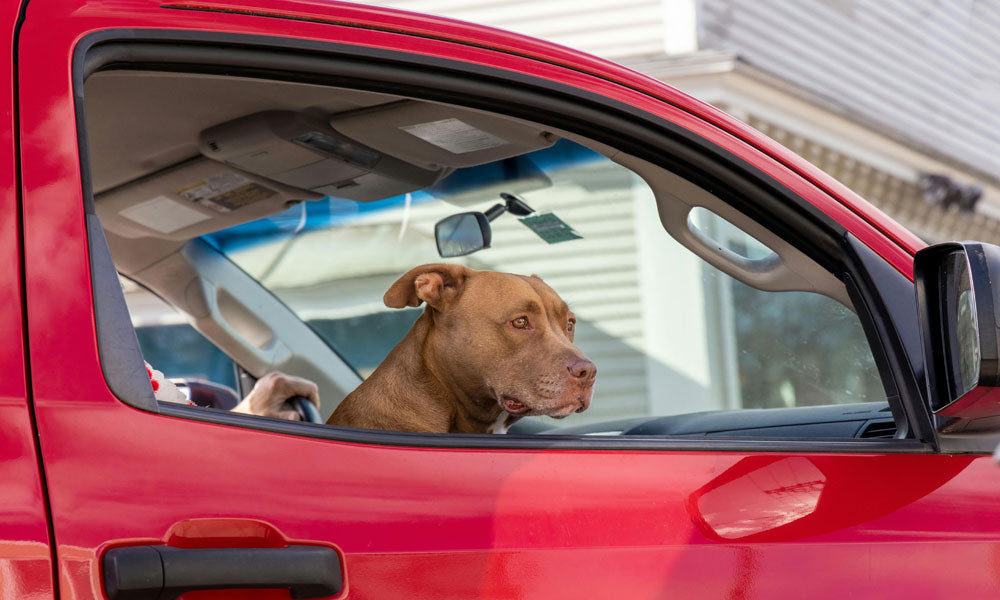 I’m fine Karen, leave me alone. Photo by Mohan Nannapaneni on Pexels
I’m fine Karen, leave me alone. Photo by Mohan Nannapaneni on Pexels
9. Refrain from giving unsolicited advice
While it may come from a place of good intention, offering unsolicited advice about someone else's pet can be unwelcome and even offensive. Every pet owner has their own methods and preferences when it comes to caring for their furry friend, and unsolicited advice can come across as presumptuous or intrusive. Instead of assuming that you know best, respect the owner's choices and refrain from offering advice unless it's explicitly requested. If you genuinely believe that the pet's wellbeing is at risk due to neglect or improper care, approach the owner with sensitivity and offer your assistance or resources in a supportive manner. By respecting the owner's autonomy and boundaries, you can maintain positive relationships and contribute to a harmonious pet-loving community.
One time I came out of the supermarket to find a ‘Karen’ moaning that my dog had been howling in the car and it was making her feel distressed. Yes my dog had separation anxiety but he doesn’t have it any more as I built up these short periods of being left in the car until he became used to it. It was part of his training. I also knew that he would be happier staying in the car for a short period rather than being left home alone while we went to the shops. Having this busybody ‘Karen’ staring at him and hanging around by my car waiting to talk to me when I returned only added to his distress. Once I returned to my car she also delayed me getting to my dog by lecturing me while my dog watched from the car. She also told me my windows weren’t wound down enough, like she was some kind of expert. They were. Unfortunately I don’t like confrontation so I just backed down until she went away but she knew nothing about our situation and she made the situation worse. Unless you can see that a dog is in immediate danger – for example locked in a boiling car with the windows up, don’t intervene. Standing around staring at a temporarily distressed dog and delaying their owner from returning to them will simply make things worse. I just wish I’d had the guts to point that out to her at the time. I hope you’re reading this, ‘Karen.’
10. Avoid letting your pets interact without consent
Introducing pets to each other can be a delightful experience, but it's essential to ensure that both parties are comfortable with the interaction. Avoid the temptation to force your pet to interact with another without checking for consent first. Some pets may be anxious, fearful, or aggressive around unfamiliar animals, and forcing interaction can lead to stress or even injury. Always ask the other pet owner if it's okay for your pets to meet and observe their body language and behaviour for signs of discomfort or aggression. If either pet shows signs of distress or reluctance, respect their boundaries and refrain from forcing the interaction. Positive pet interactions should be based on mutual consent and respect for each animal's comfort and safety.
 Grey cat photo by Mikhail Nilov on Pexels
Grey cat photo by Mikhail Nilov on Pexels
My little dog is frightened of bigger dogs and asserts himself by barking at them aggressively – although he would never start a fight, he’s just kind of saying ‘back off!’ but I keep him on a lead near bigger dogs in case they think he is trying to attack them. Recently a lady with a giant Doberman dog with illegally cropped ears let her dog bound up to my dog off the lead. Her dog would not come when called and she shouted out te classic line ‘don’t worry he’s very friendly’ making an assumption that my dog was not going to go on the defensive because he is so small. What if the Doberman misread the situation and retaliated? I had to pick my dog up and carry him whilst the other dog jumped up at me. This was incredibly rude of the other dog owner who reeled off a litany of excuses and did not apologise. Always read the situation and put your dog on a lead if it is making others uncomfortable – and don’t let it off the lead in the first place if it does not come back when called
11. Don’t ask how much!
Asking someone how much they paid for their pet could be considered intrusive and impolite. The cost of a pet can vary widely depending on factors such as breed, pedigree, and where it was acquired from. However, focusing on the monetary value of the pet detracts from the more meaningful aspects of pet ownership, such as the bond between the owner and their furry companion. Additionally, some owners may have adopted their pets from shelters or rescues, where the emphasis is on finding loving homes rather than financial transactions. Instead of inquiring about the cost, engage in conversations that celebrate the pet's unique personality and the joy they bring to their owner's life. Respect the privacy of pet owners and refrain from making inquiries about the financial aspects of pet ownership. If you’re interested in getting a similar pet, ask them what breed it is and look it up online when you get home. Certain breeds can also be adopted from shelters. In the UK at the moment there are a lot of Labradors looking for good homes, even though they can cost several thousand pounds to purchase from a breeder.
12. Respect service animals and their work
Although they are not necessarily pets per se, we thought it timely to remind you that guide dogs, emotional support dogs and other service animals play a crucial role in assisting individuals with disabilities, and it is essential to respect their work and the bond they share with their handlers. Service animals are highly trained to perform specific tasks that help their handlers navigate daily life, and they should not be distracted or approached without permission. Avoid petting, calling out to, or attempting to interact with a service dog while they are working, as this can disrupt their focus and hinder their ability to assist their handler. Additionally, refrain from making assumptions about a person's disability based on their appearance or the presence of a service dog. Always respect the privacy and autonomy of service dog handlers and follow their instructions regarding interaction with their canine companion. By treating service dogs with the respect they deserve, we can support their vital role in enhancing the independence and quality of life of their handlers.
 Walking dogs photo by Blue Bird on Pexels
Walking dogs photo by Blue Bird on Pexels
Navigating pet etiquette when interacting with other people's pets requires thoughtfulness, respect, and consideration. By asking for permission, respecting personal space, minding your body language, observing cues and signals, avoiding unauthorized feeding, practicing good hygiene, and being mindful of children, you can ensure positive and enjoyable interactions for both you and the pet owner. Remember, treating pets with kindness and respect is not only polite but also essential for their well-being and happiness.
Main photo by Marina Riijik on Pexels
